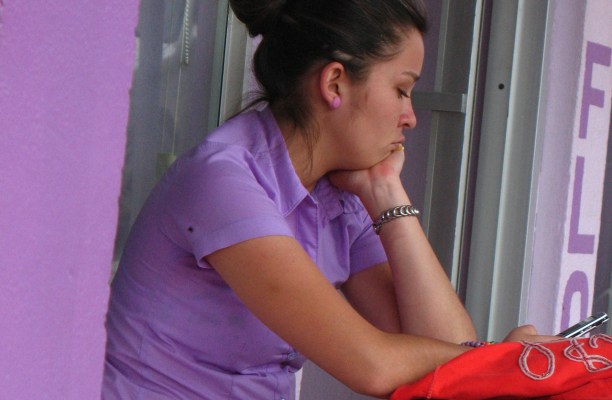Was 2013 a “lost year for technology?,” as an article in Quartz recently proposed? Hardly. Yet I can understand, to some extent, both why there’s a growing ennui with tech among some observers, and why stating that overly simply angered other technology enthusiasts. It’s not necessarily due to a bored or cynical tech press that this feeling arises. It’s just that there’s this sense of waiting for the other shoe to drop. Technology caught mid-breath, as it were.
2013 wasn’t so much of a lost year for technology, but a transitional one.
A Level Playing Field
“The first week I had this new iPhone, I wanted to throw it across the room,” my stepmother told me during my parents’ annual holiday visit. She then added that, after a week of struggling, she learned how to use the phone, and was now enamored of the thing.
Clearly, my aging parents are what the industry would call late adopters. They are not particularly tech-savvy. They barely manage email. They don’t use Facebook. But they’re thrilled to now own a device where they can not only accomplish a variety of basic computing tasks – email, web surfing, navigation – but excel at them.
For some, that passing comment about technology’s frustrations would annoy. I imagine teenagers rolling their eyes at the complaints of the “olds” like these – those who are embarrassingly and annoyingly behind. Their delay to adapt to the ever-quickening changes in computing had for years placed them in a different class of online citizenry. While everyone else was liking and commenting on photo albums, they were getting an email or physical prints via the postal service. As the world began learning to speak their queries to Google and Siri, they were sitting at dilapidated, creaking Windows desktops, clicking keys and printing out Mapquest maps for upcoming trips.
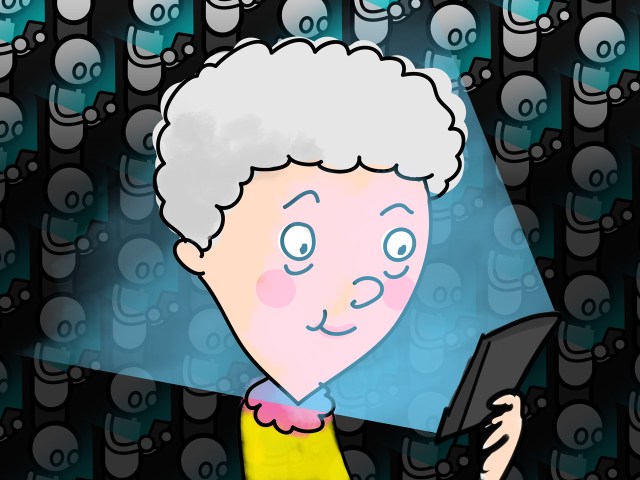
But now, as 2014 arrives, they are iPhone users.
To me, this is a personal moment of victory. Not that they selected the iPhone over Android, mind you, but rather that they’ve finally joined the present day.
The story of my parents is just an illustrative example of what’s taking place around the world. The playing field is becoming more level. It’s no longer “us,” the technically savvy (“those who do computers” as my dad – god, dad! – would say), versus “them,” the mainstream. In terms of mobile’s potential target market, it’s all of us. It’s everyone. And it’s many more yet to come.
My parents, late as they may be, are not alone.
Though the smartphone market in the U.S. may be near saturated at this point, people elsewhere in the world are now picking up these small devices and finding themselves similarly amazed at what technology can do, and what it can be, for the first time.
This, I remember, as my stepmom AirDrops photos to my phone, is a marvel.
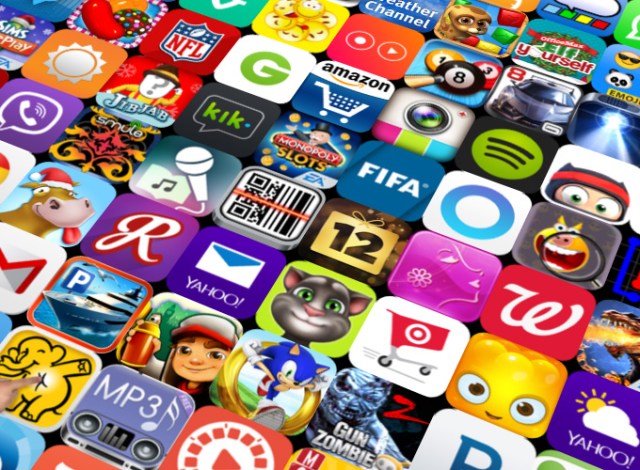
Humans have built a web of information and connectivity, the sum of human existence in 1’s and 0’s, and it’s finally being delivered in a format – and in a form factor – that anyone can manage. And soon – maybe – anyone, anywhere, as well.
Case in point: The Bill and Melinda Gates Foundation and others have funded a project that uses human urine to generate electricity to power commercially available smartphones via Microbial Fuel Cells. The scientists, explains a release, believe that the technology could one day be installed in bathrooms to “harness the urine and produce sufficient electricity to power showers, lighting or razors as well as mobile phones.” That’s some serious eco-computing! And it goes a long way to further democratize access to mobile technology.
Or, in other words, here come the late adopters.
It’s a group of users I’m especially fond of, maybe because I’m living among them, far away from crazy dreams of separate nation-states or floating mini-cities aimed to isolate the technologists and engineers further from the real world.
After all, what madness comes from never looking outside your own experiences of how people relate to technology? Maybe something like Google Glass, pitched as a consumer-facing product? While Glass clearly has potential in several vertical industries where headgear of some kind could aid in specific tasks, the idea that consumers would flock to the gadget the way they adopted smartphones is funny to me. Glass, as consumer eyewear, serves only to re-establish the “us vs. them” line that mobile technology had until now so well smudged and blurred. You’re literally walking around with a statement about your geekiness directly on your face.
The late adopters will be super late to that one, I’d wager.
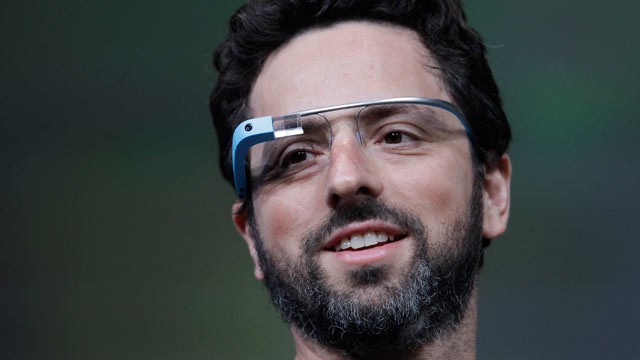
And it’s something I can’t find it in me to evangelize. That’s telling.
You see, what initially drew me into technology (I.T.) was the problem-solving it involved. Your typical “day at the office” was never typical – there was always something new to learn, difficulties to overcome. But what kept me here through the years was a core belief that technology had the potential for bettering our existence, and adding value to our lives.
Back in the day, among a variety of sysadmin duties, I used to also host small classes for new sales staff where I sneaked in training on basic computing skills along with how to use the business’s software programs. Some attendees learned there how to click a mouse or use a web browser for the first time. They learned to scroll through a webpage, and draft a letter in Microsoft Word. This, as ridiculous as it may seem, was among my most valuable work to date. Learning about technology and how to use it was important, I believed. It mattered.
I would also evangelize new technology for those who would hear it during the Web 2.0 era. I installed Firefox on people’s machines. I invited friends to Facebook before the mass Myspace exodus really began. I blogged on TypePad and Blogger, and clamored for a Gmail invite. I even “plurked,” whatever that was. I was passionate about technology – consumer technology. In many ways, I still am.
But with a cursory glance, it’s easy to look at the end products of 2013 consumer tech and feel that something was lacking. For instance, Snapchat is great, but not yet a revolution against the web’s permanence. Nest is lovely, but it’s a thermostat. That’s, um, great. And Google Glass, really? Oh, and no Apple TV set as promised, bah! (Yes, I’m being a little tongue-in-cheek here.)
Meanwhile, the biggest leaps happening right now, and some of the most interesting work, is falling outside the scope of consumer tech/consumer web. As Om Malik alluded to in his takedown of that above-mentioned Quartz post, there are hardware breakthroughs to behold, sensors and wearables, robots, cloud computing advances, and more. There are also 3D printers, and new digital currencies being explored. Some of these things will make their way to the mainstream, and some will do so indirectly. Others will be discarded along the way.
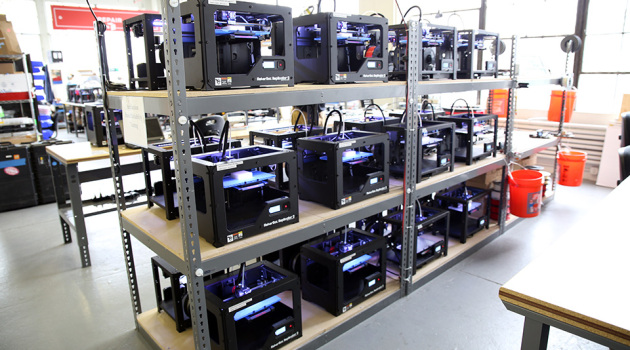
But it’s still the consumers – you know, the people on the other end of the screen – who interest me. I’m watching the Born-Digitals, the iGeneration, and, most of all, these “late adopters” to see what they’ll do as they come together on an even field. Here, first-time computer users – the ones who web giants like Facebook and Google have both stated they’re targeting for their future growth – will join us via tablets and mobile and help reshape the web.
These late-adopting Internet users may not need a class to learn how to click a mouse or surf the web. They may master the basics of computing in only a matter of days, like my stepmom did with her iPhone. And they will soon outnumber those of us old enough to remember things like punch cards, floppy disks, dial-up, and Geocities.
They will arrive with a different set of needs, some regionally or culturally specific, but others universally human, yet still unaddressed by those wasting time iterating by adding tiny flourishes to existing services. For the next billion Internet users, the smartphone will be the bank, the teacher, the doctor, the newscaster, the connector, the farm hand, the librarian, the storefront, the community, and much more.
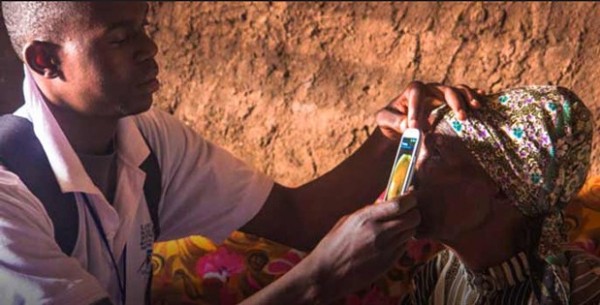
So you can look back at 2013, and see only things like messaging apps, half-baked wearables and slightly improved iPhones and Androids. But you were only scratching the surface. Look again. It’s not the products, it’s the coming of the people who will soon participate in the Internet’s transformation. The sea change that’s already underway. 2013 was not a lost year for tech, but the period in between the fading of one era and the start of a new one.
I’m looking forward to it.
Happy New Year.
[image credits: Flickr user Vilseskogen; Google; smartphone eye exam, AdaFruit; MakerBot]
